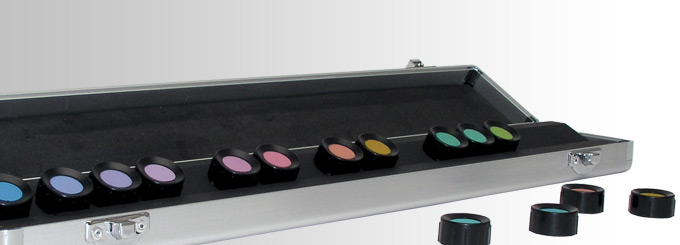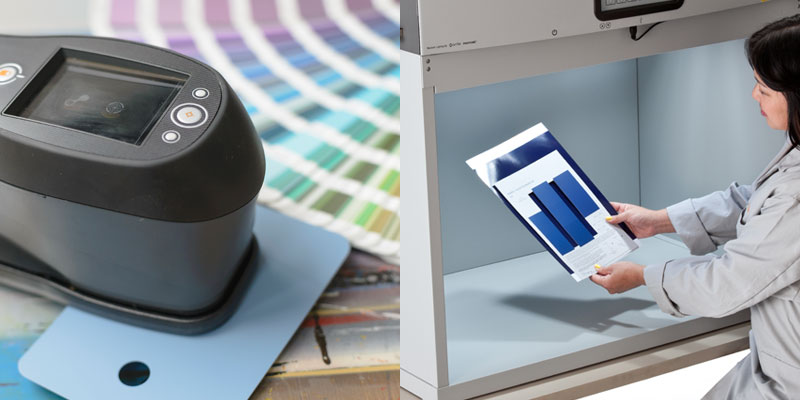In this series we’ve been discussing the many factors that impact how we see color, and what we can do to ensure the color we see is accurate. Light, retinal fatigue and background effects can influence our perception of color. Today we’ll look at the limitations of the human eye and brain, and talk about how to detect these characteristics, especially for individuals responsible for evaluating and judging color. Are YOU color deficient? Read on to find out. (Spoiler alert: There’s a test at the...
Each color has its own appearance based on three key attributes – hue, chroma (saturation), and value (lightness). When you’re describing a color, it’s important to use all three of these attributes to accurately identify the color and distinguish it from others. What is hue? Hue is defined as how most of us perceive and name a color – using the colors of the rainbow (red, orange, green, blue, etc.). Reference the color wheel, below, to see how colors shift from one...
Are you wasting too much time and money on incorrect color? Even if you use the best color measurement tools available, your color will still fail without quality control. Quality control (QC) means verifying the color you specify is the same color you manufacture, throughout production. Setting up a QC program can help you accurately communicate color with clients and suppliers, inspect raw materials before you begin working, and verify your color is correct before you ship. Five Impor...
To control color, you need to be able to compare very small differences, determine their impact, and understand how to address that impact. But words alone can’t give us enough information to precisely describe colors, or the difference between them. In this three-part series we will look at the color science behind tolerancing – the color analysis that paved the way, the role of light, and the difference between a color space and a color model – so you can make ...
Consistent color is a journey. A few weeks ago I blogged about the most common pitfalls people run into when starting a color program… Wrong lighting Less-than-perfect color vision Inaccurate physical standards Inconsistent device color measurement …And introduced some inexpensive color tools to help overcome them. But the journey doesn’t stop there. Even if you’ve been successfully managing color for years, advances in inks, dyes, and substrates are introducing new challen...






